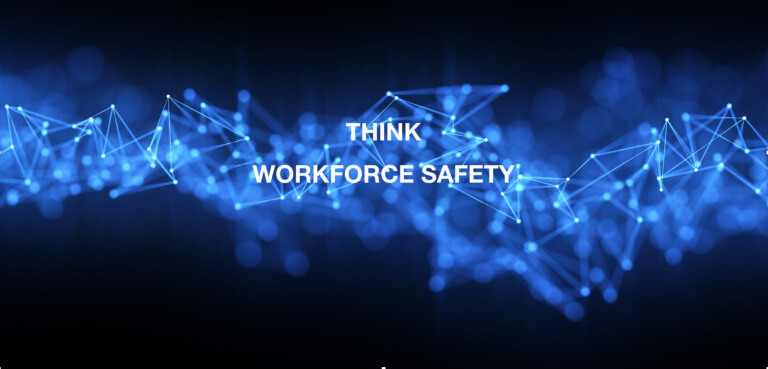The U.S. Bureau of Labor Statistics state that workplace injuries and accidents that cause employees to miss six or more days of work cost U.S. employers nearly $62 billion or more than $1 billion per week spent on the most disabling, nonfatal workplace injuries. Globally, according to the International Labour Organization (ILO), every year more than 2.78 million workers die as a result of occupational accidents or work-related diseases, This accounts to around 150 accidents every 15 seconds.
This is despite manufacturers moving towards their vision of #smartmanufacturing.
The article (below)goes into plenty of details of the metrics and the processes related to building “data-driven” safety into your culture. The central point is the importance of creating a safety scorecard comprising of various user-defined metrics to measure safety climate of your business. The article reports that based on a recent study that asked EHS managers how they would like to use data and/or analytics to improve their safety performance in the future, the answers in order of importance were:
2. Monitor and benchmark their safety culture
3. Improve their compliance
4. Tie safety to productivity.
Advanced analytics and AI can play a major role in workforce safety. #2 (above) is where businesses can get started right away – start collecting data on safety. Identify your sources of data – most likely your data on number of incidents, average, max and min time taken to resolve incidents, number of hours of safety training in each area, safety certifications and renewals, number of safety audit findings and resolutions, lost time injuries and so on. You could additionally harness data from your safety monitoring solutions if you have one in place. These solutions use Machine Learning to automatically scan and tag safety issues in captured images and videos from production lines. This data can be analyzed together with condition data from your drones and robots that scan hazardous and hard-to-access areas.
That’s plenty of data to get you started on your safety journey. Once you have the reports and scorecards in place, you have a benchmark of your safety climate. That’s an important milestone in your “data-driven” safety journey. Once you have the benchmark in place you should get started with analysis of the data. Now you are in effect monitoring your safety culture. #codaforce – the Workforce Performance AI application in #codaai can help you with predicting workplace injuries based on your data. #codaforce also helps you with safety compliance and provide skill gap recommendations and training recommendations related to safety. #codaforce takes you beyond digital signage, reports, dashboards and scorecards to real-time recommendations on improving your overall workforce satisfaction.
We at #codedataio love the applications of #ai towards #industry4.0. Improving the lives of people must be at the forefront of your #smartmanufacturing vision and it begins at home with safety and satisfaction of your workforce.
Here is the link to the article that triggered this post: https://www.ehstoday.com/safety-technology/it-s-all-numbers-leverage-organizational-data-measure-and-improve-safety


